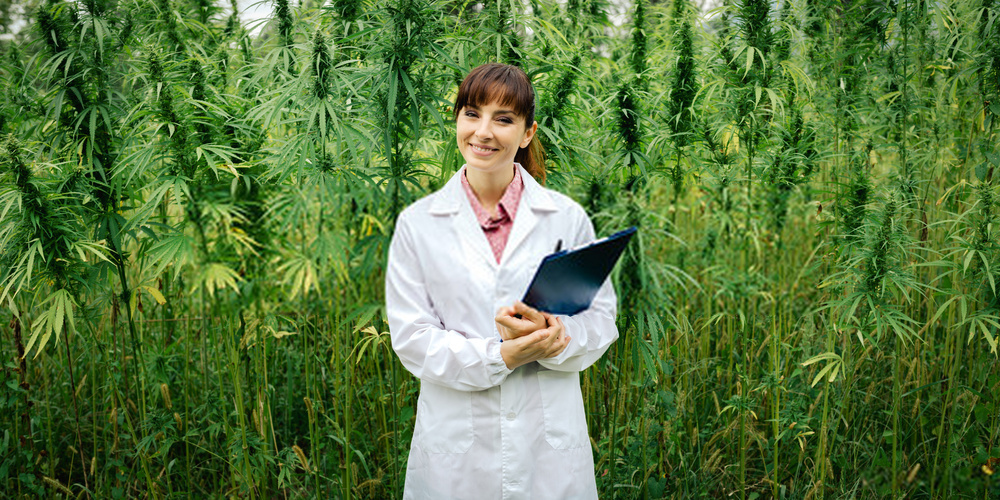According to the World Health Organisation, “Dementia is a syndrome during which there’s deterioration in memory, thinking, behavior and therefore the ability to perform everyday activities.”
Importantly, while dementia mainly affects older people, it’s not a traditional part of aging. It’s had a physical, psychological, social, and economic impact not only on people with dementia but also on their carers, families, and society at large.
Worldwide, around 50 million people have dementia, and there are nearly 10 million new cases per annum. Alzheimer’s disease is the most common sort of dementia, and should contribute to 60–70% of cases. The bad news is that the number of individuals with dementia is projected to succeed by 82 million in 2030 and 152 million in 2050. The Alzheimer’s Association estimates that quite 4 million people in India have some sort of dementia.
The costs too are huge. In 2015, the worldwide societal cost of dementia was estimated to be a staggering US$ 818 billion, like 1.1% of worldwide gross domestic product (GDP). It’s likely to travel up to US$ 2 trillion annually by 2030.
The early stages of dementia are usually overlooked, even by doctors, because the onset is gradual. Common symptoms include forgetfulness, losing track of your time and becoming lost in familiar places. As the disease progresses, the signs and symptoms become clearer e.g. becoming forgetful of recent events and people’s names, increasing difficulty with communication and repeating questions, needing help with care etc. Dementia then progresses to a stage of near-total dependence, inactivity and sometimes aggressive behavior
Kindly read the guidelines related to Submit Guest Post Cannabis
Sadly, currently, there’s no treatment available to cure dementia or to change its progressive course. However, much is often done to support and improve the lives of individuals with dementia and their carers and families. What’s important, therefore, is early diagnosis to ensure timely and optimal management.














